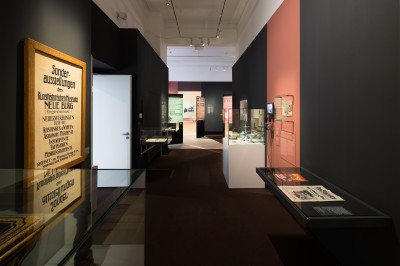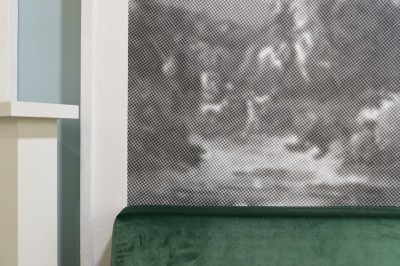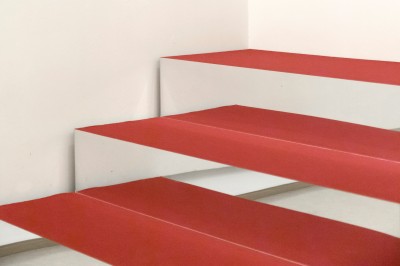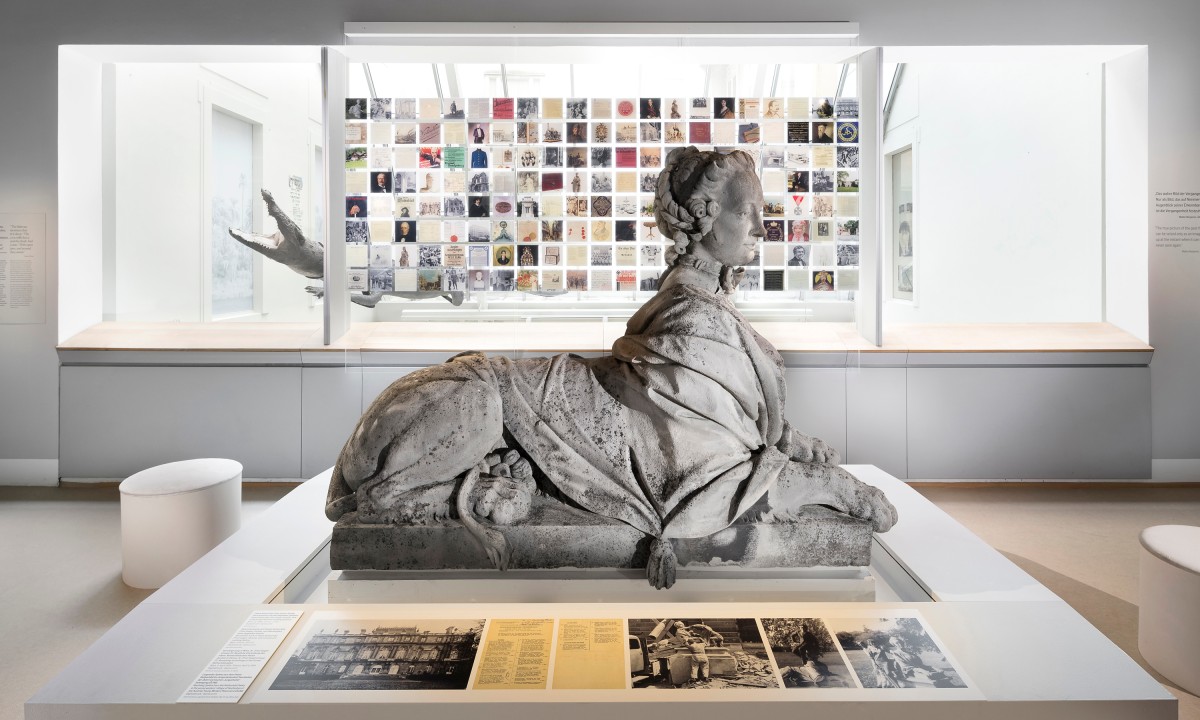We did not want to do a historical exhibition. The cream-colored carpet and the wall colors dissolve the rooms into a flowing sequence of spaces – the indeterminate background of history and the present in front of which the exhibition takes place. At dramatic turning points, the friendly, neutral staging shifts to a dark coloring: revolution, world war, restitution.
15. February 2022
Behind the Lens
The Vienna Rothschilds – On the Design of the Exhibition
by Schuberth und Schuberth
Each exhibition is based on an interpretation of the objects and events shown – curatorially, as well as in terms of design. The objects are on display and always placed a bit on stage. As with an interpretation, questions arise: Which objects are almost self-explanatory and which are only interesting in context, e.g., as a document of their time. What significance do they have from our modern-day perspective? This “here and now” is important, but it does not have to overarch everything.
The “picture atlas” in the entrance space takes a step back and thus visualizes a standpoint. It shows the material, the fabric from which the exhibition is tailored, as simple contact prints, like the ones used at the beginning of every exhibition work (which, for its part, already constitutes a selection).
The “picture atlas” in the entrance space takes a step back and thus visualizes a standpoint. It shows the material, the fabric from which the exhibition is tailored, as simple contact prints, like the ones used at the beginning of every exhibition work (which, for its part, already constitutes a selection).

© Christoph Panzer

© Christoph Panzer

© Christoph Panzer
Expressive originals were available to us, which is not a matter of course in a cultural-historical exhibition. We repeatedly created small scenes out of them, complementing the objects with current means to indicate an atmospheric connection. There is a “garden scene” with real orchids (referring to the former greenhouses on the Hehe Warte in Döbling), a “station scene” featuring a bench from the first-class waiting hall of the former (long since demolished) North Station, reconstructed from a blurred black and white photo. In the “staircase scene” a part of the main staircase from Albert Rothschild’s palais falls straight out of the photo, so to speak, into the exhibition. There is nothing left of this stately building on Prinz-Eugen-Strasse (today: Vienna Chamber of Labor).
What remains are two reclining sphinxes made of sandstone, formerly set up in the garden, one of which made it to us in the exhibition in an adventurous way. Here it forms an odd and involuntary couple with a crocodile, the hunting trophy of a family trip. Somewhat enigmatic, both reach back in their wealth of meaning to days long gone and at the same time serve as witnesses of the more recent present.

© Christoph Panzer
